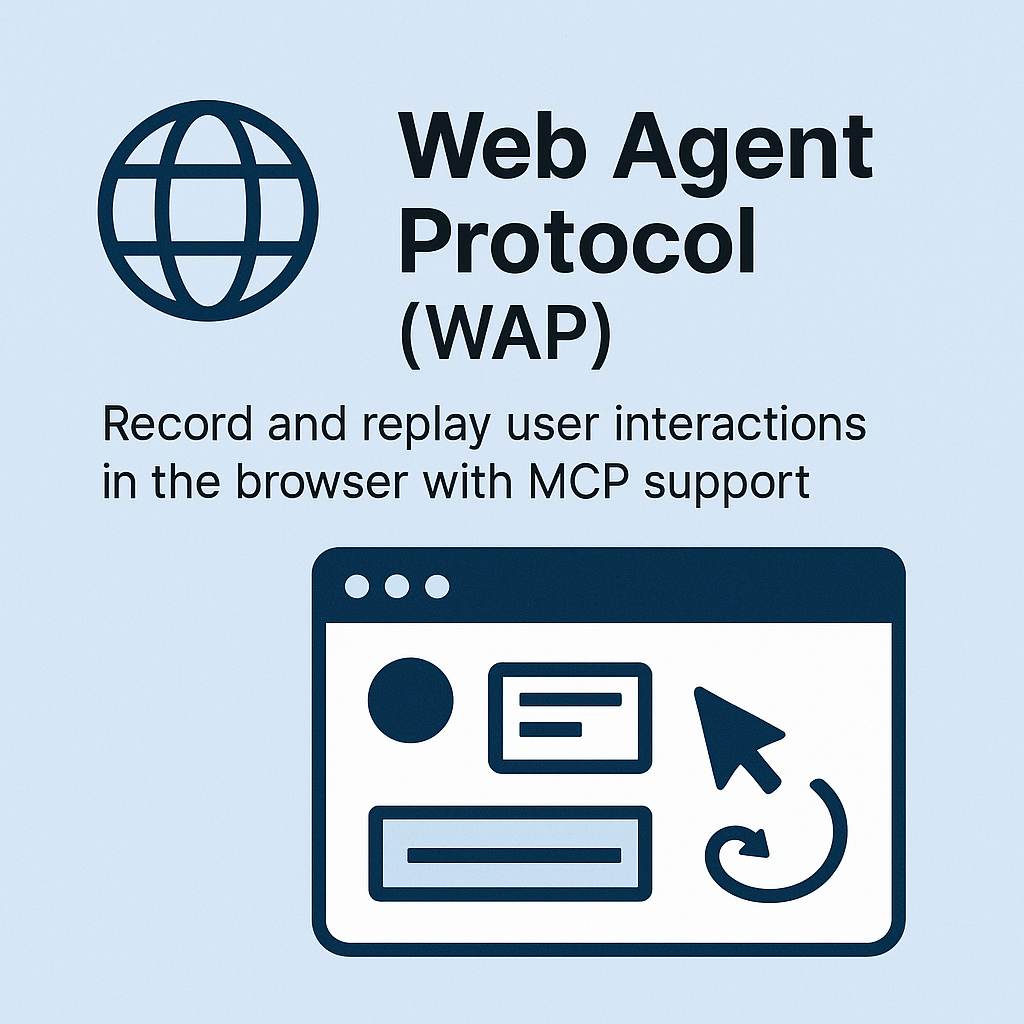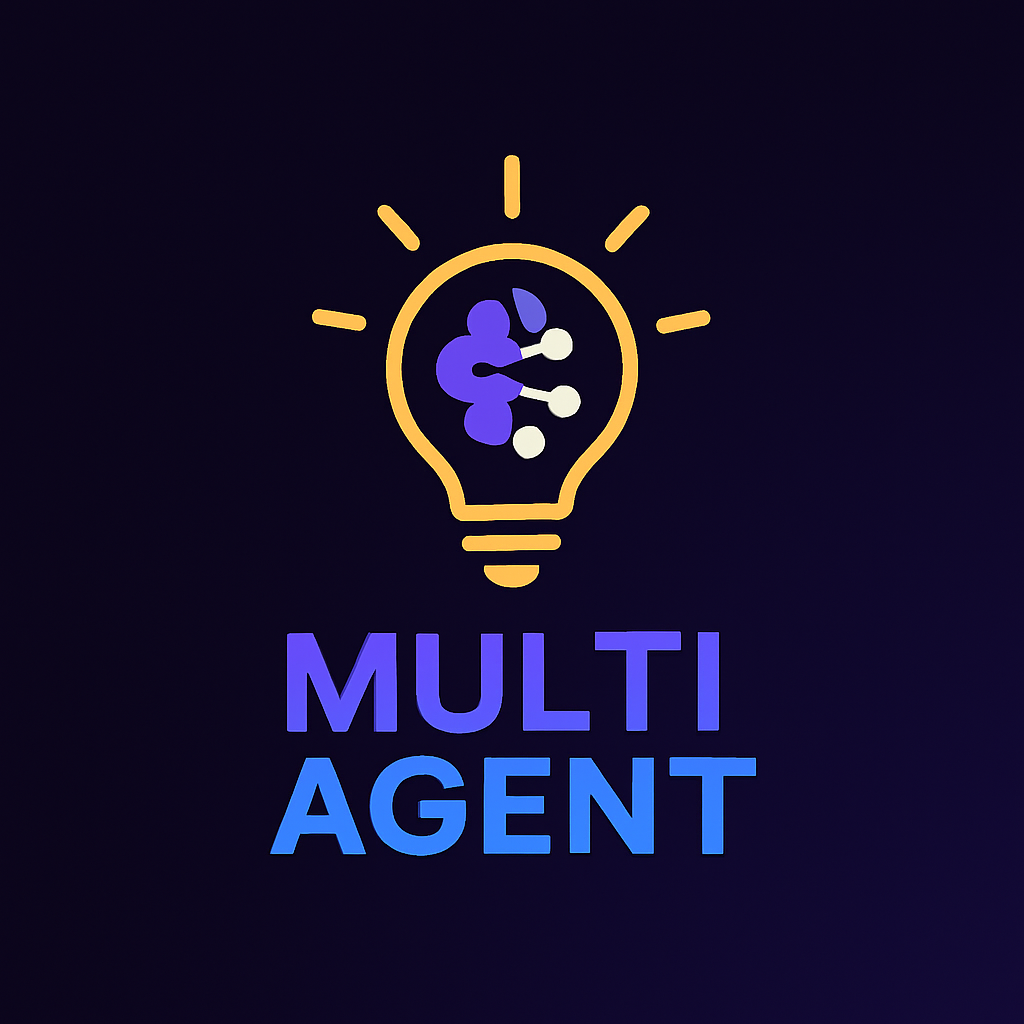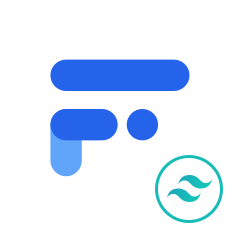AG-UI
Alternatives
0 PH launches analyzed!
Problem
Users face fragmented methods for AI agents to interact with front-end apps, leading to inefficient integration, lack of real-time streaming, and limited human-in-the-loop workflows.
Solution
An open protocol enabling standardized AI agent-to-frontend app connections. Users achieve real-time interactivity, streaming, and human-in-the-loop workflows (e.g., LangGraph/CrewAI integration).
Customers
AI developers, engineers, and teams building agentic applications requiring seamless UI interactions, often in startups or enterprises adopting AI automation.
Unique Features
Lightweight protocol, open standardization, multi-framework support (LangGraph/CrewAI), and bidirectional streaming for dynamic UI updates.
Traction
Launched on ProductHunt with 200+ upvotes (as of July 2024), GitHub repository actively maintained, and integration examples with popular AI agent frameworks.
Market Size
The global AI agent market is projected to reach $99 billion by 2030 (Grand View Research, 2023), driven by demand for interactive AI workflows.

Web Agent Protocol (WAP)
Record and replay user interactions in the browser
4
Problem
Users rely on manual scripting and maintenance of browser automation scripts, leading to inefficiency, errors, and scalability challenges.
Solution
A standardized framework (WAP) that enables users to record and replay browser actions with MCP support, automating workflows without custom code.
Customers
Developers, QA engineers, and product managers needing scalable browser automation for testing, monitoring, or repetitive tasks.
Alternatives
View all Web Agent Protocol (WAP) alternatives →
Unique Features
MCP (Message, Command, Payload) protocol for standardized interaction recording/replay, cross-browser compatibility, and extensible architecture.
User Comments
No user comments available from provided data.
Traction
Recently launched on ProductHunt (details unspecified); browser automation tools like Selenium have >$1B+ ecosystem value.
Market Size
The global test automation market was valued at $20.4 billion in 2022 (Grand View Research).

Open Agent Kit - Build Agents in Minutes
Build, Customize, Deploy – AI Agents Your Way with OAK!
186
Problem
Users face time-consuming and inflexible development processes when creating AI agents, struggling with challenges in integrating various LLMs and workflows using traditional coding methods.
Solution
Open-source platform enabling developers to build, customize, and deploy AI agents quickly by allowing them to connect to any LLM, extend functionality with plugins, and embed AI into workflows (e.g., automating customer support or data analysis tasks).
Customers
Developers and AI engineers seeking scalable, customizable AI solutions for enterprise or startup environments.
Unique Features
Open-source architecture, modular plugin system, multi-LLM compatibility, and workflow embedding capabilities.
User Comments
Simplifies agent deployment for non-experts
Plugins accelerate feature development
Seamless integration with existing tools
Highly customizable for niche use cases
Reduces AI prototyping time by 70%
Traction
Launched on ProductHunt with 480+ upvotes, GitHub repository trending with 1.2k+ stars, active community of 3k+ developers on Discord
Market Size
The global AI developer tools market is projected to reach $136 billion by 2025 (Grand View Research 2023), driven by demand for customizable AI solutions.

Multi Agent
Orchestrate powerful AI agents with zero code UI
3
Problem
Users previously had to manually code and script to orchestrate AI agents, which was time-consuming, technically complex, and limited scalability. Additionally, collaborative workflows between AI agents were hard to visualize and manage.
Solution
A zero-code UI platform that allows users to deploy, manage, and visualize collaborative AI agents (e.g., integrating Lovable UI for seamless task coordination and real-time monitoring of agent workflows).
Customers
Developers, product managers, and non-technical business analysts seeking to automate complex AI workflows without coding expertise.
Unique Features
Combines Lyzr’s AI agent framework with Lovable UI for drag-and-drop orchestration, enabling users to design multi-agent systems with role assignments, task sequencing, and interactive dashboards for monitoring agent collaboration.
User Comments
Simplifies AI agent deployment for non-coders
Visual workflow builder is intuitive
Saves weeks of development time
Real-time agent interaction tracking needs improvement
Lacks advanced customization options
Traction
Launched 3 months ago with 5k+ registered users, 20+ prebuilt agent templates, and integrations with 10+ AI models (GPT-4, Claude, etc.). Revenue undisclosed; Lyzr’s parent company raised $4.5M in Seed funding in 2023.
Market Size
The global AI agent market is projected to grow from $4.8 billion in 2023 to $36 billion by 2030 (CAGR 33.7%), driven by demand for no-code AI automation tools.

UI Builder for shadcn/ui
React component for a visual way to create UIs
217
Problem
Users face challenges in creating UIs visually using React components and shadcn/ui, especially for projects like building landing pages or marketing emails.
Drawbacks: Current solutions may require coding knowledge and lack a no-code, visual interface, making the UI creation process complex and time-consuming.
Solution
A React component that offers a no-code, visual method to create UIs, allowing users to effortlessly build UIs for projects like landing pages or marketing emails.
Core features: No-code UI creation, compatibility with shadcn and custom components, easy integration into shadcn/ui projects.
Customers
Target users: Web developers, UI/UX designers, digital marketers, and entrepreneurs seeking an efficient way to create UIs without extensive coding knowledge.
Alternatives
View all UI Builder for shadcn/ui alternatives →
Unique Features
Open-source React component providing a visual, no-code UI creation process.
Compatibility with shadcn and custom components for versatile UI design options.
Specific focus on ease of use for creating UIs like landing pages and marketing emails.
User Comments
Intuitive and user-friendly interface for creating UIs.
Saves time and effort with the no-code approach for UI design.
Seamless integration with shadcn/ui projects.
Great tool for quickly prototyping and testing UI designs.
Highly recommended for both beginners and experienced users.
Traction
Growing user base with positive feedback on usability and features.
Increasing adoption among React developers and UI designers.
Integration with shadcn/ui projects gaining popularity in the developer community.
Market Size
$1.2 billion market size for UI/UX design tools projected by 2023.
Increased demand for no-code solutions driving market growth.
Rapid expansion of UI design requirements across various industries.

GLM-4.5 Open-Source Agentic AI Model
GLM-4.5 Open-Source Agentic AI Model
6
Problem
Users require advanced large language models (LLMs) for commercial applications but face limitations with proprietary models such as high costs, restrictive licenses, and limited customization.
Solution
An open-source AI model (GLM-4.5) with 355B parameters, MoE architecture, and agentic capabilities. Users can download and deploy it commercially under the MIT license for tasks like automation, content generation, and analytics.
Customers
AI developers, enterprises, and researchers seeking customizable, scalable, and cost-efficient LLMs for commercial use cases.
Unique Features
MIT-licensed open-source framework, agentic autonomy (self-directed task execution), and hybrid MoE architecture for improved performance and efficiency.
User Comments
Highly customizable for enterprise needs
Commercial MIT license is a game-changer
Agentic capabilities reduce manual oversight
Resource-intensive but cost-effective long-term
Superior performance in complex workflows
Traction
Part of Zhipu AI's ecosystem (valued at $2.5B in 2023). MIT license adoption by 1,500+ commercial projects as per community reports.
Market Size
The global generative AI market is projected to reach $1.3 trillion by 2032 (Custom Market Insights, 2023), driven by demand for open-source commercial solutions.

Open Agent Studio
Build no-code agents to target markets untouched by AI
373
Problem
Businesses attempting to integrate AI and automation technologies often struggle with the complexity and rigidity of traditional RPA tools, which rely heavily on brittle code selectors or computer vision.
Solution
Open Agent Studio is a no-code platform that allows users to build RPA agents using simple English to create business automations previously considered impossible.
Customers
Businesses in various industries looking to simplify their automation process and remove barriers posed by traditional coding requirements.
Alternatives
View all Open Agent Studio alternatives →
Unique Features
Uses natural language processing to interpret simple English for automation creation, breaking away from traditional complex coding methods.
User Comments
Simplifies the RPA implementation process
Revolutionary use of natural language in automation.
Reduces the learning curve for non-technical users.
Enables rapid prototyping and deployment.
Lowers the barrier to entry for small businesses.
Traction
Recently launched on ProductHunt, gaining initial attention and interest from the tech community.
Market Size
The global RPA market is expected to reach $13.74 billion by 2028.

A2A Agent List
Explore & Share A2A-Compatible AI Agents Easily
5
Problem
Users need to manually discover and share AI agents compatible with the A2A protocol, leading to fragmented ecosystems and inefficient collaboration.
Solution
A2A Agent List is an open directory tool that lets developers discover, publish, and integrate A2A-compatible AI agents, e.g., browsing agents by use case or sharing their own via the platform.
Customers
AI developers, tech startups building multi-agent systems, and researchers focused on agent interoperability (ages 25-45, tech-savvy, active in AI communities).
Alternatives
View all A2A Agent List alternatives →
Unique Features
Focuses exclusively on the A2A protocol, enabling standardized agent communication and a centralized hub for discovery.
User Comments
Simplifies agent integration
Saves development time
Lacks advanced filtering
Needs more documentation
Promising for ecosystem growth
Traction
Launched on ProductHunt in 2024, early-stage traction with 150+ agents listed (as per product description).
Market Size
The global multi-agent systems market is projected to reach $4.8 billion by 2028 (MarketsandMarkets, 2023).

Kafbat UI 1.1
Kafbat UI: open-source web ui for managing apache kafka
8
Problem
Currently, users managing Apache Kafka clusters typically rely on CLI (Command Line Interface) tools or outdated interfaces, which can be cumbersome and time-consuming. The old situation often involves complex commands and lack of intuitive control, making it difficult for non-technical users to effectively operate the clusters. The process is error-prone with potential for mismanagement, leading to ineffective use of Kafka's capabilities.
Complex commands, lack of intuitive control, and difficulty for non-technical users
Solution
An open-source web UI tool that allows users to manage Apache Kafka clusters more efficiently and intuitively. Users can perform tasks like monitoring, configuring, and operating Kafka clusters with ease through a visual interface.
Open-source web UI tool that allows users to manage Apache Kafka clusters
Customers
IT professionals, system administrators, DevOps engineers, and developers primarily working in large enterprises that utilize Apache Kafka in their operations to manage data streaming applications.
IT professionals, system administrators, DevOps engineers, and developers
Alternatives
View all Kafbat UI 1.1 alternatives →
Unique Features
Open-source nature allowing customization, visual interface simplifying complex operations, real-time monitoring of Kafka clusters, and multi-cluster management from a single UI.
User Comments
The UI significantly simplifies Kafka management.
Open-source nature allows for customization to fit specific needs.
User-friendly interface well received by non-technical users.
Some users found the setup process a bit complicated.
Provides much-needed visualization and monitoring capabilities.
Traction
The current version is 1.1. Information on the number of users, financial metrics, and other numerical traction details are not explicitly mentioned or available.
Market Size
The enterprise data streaming market, which Apache Kafka is part of, was valued at $7.9 billion in 2020, with a projected growth to $46.5 billion by 2027, indicating a robust and expanding market for solutions aiding in Kafka management.
Problem
Developers and designers often struggle with creating visually appealing, responsive UIs due to the time-consuming nature of designing from scratch. The key drawbacks are the time-consuming nature of designing UI from scratch and the difficulty in ensuring visual appeal and responsiveness.
Solution
Float UI is an open-source product offering high-quality UI components and customizable templates built on top of Tailwind CSS and modern JS frameworks, allowing users to expedite the development process and ensure consistency in design.
Customers
The primary users are web developers and UI/UX designers looking for efficient tools to build or enhance web projects with available high-quality components and templates.
Unique Features
Unique aspects include the integration with Tailwind CSS for easy customization, a vast library of components adaptable to various JS frameworks, and being open-source.
User Comments
Currently, specific user comments on Float UI are not provided.
Currently, specific user comments on Float UI are not provided.
Currently, specific user comments on Float UI are not provided.
Currently, specific user comments on Float UI are not provided.
Currently, specific user comments on Float UI are not provided.
Traction
As of the last update, specific traction metrics such as number of users, revenue, or version updates for Float UI were not available.
Market Size
The global market size for web development and design services, which includes UI components, is projected to grow significantly. However, specific data regarding the market size targeted by Float UI is not available.

